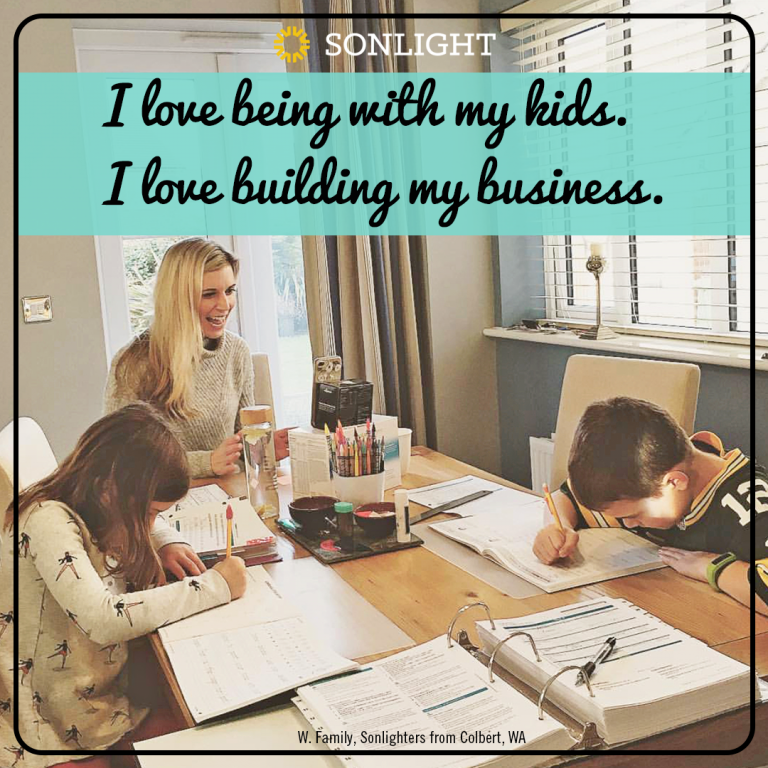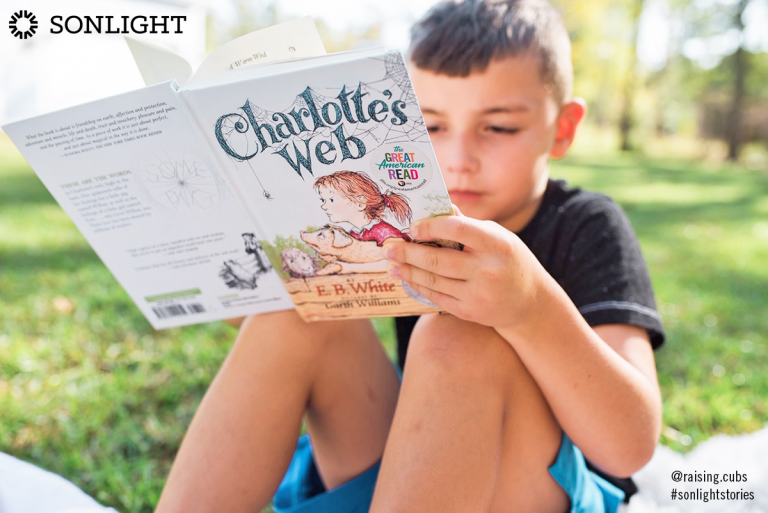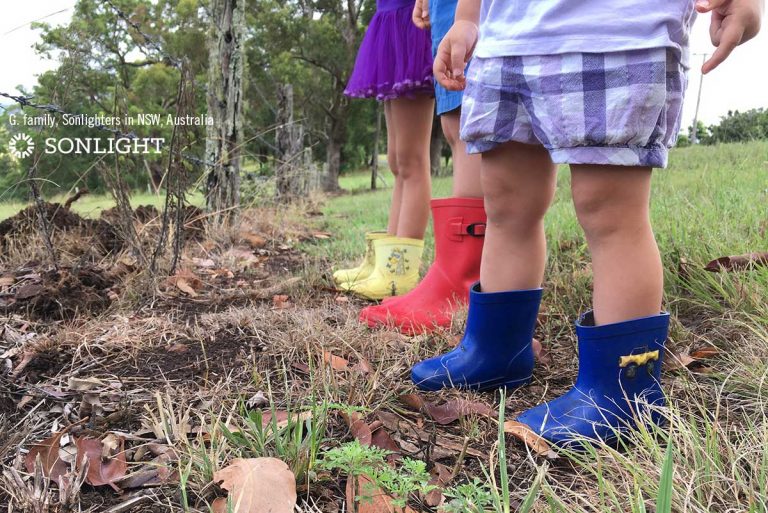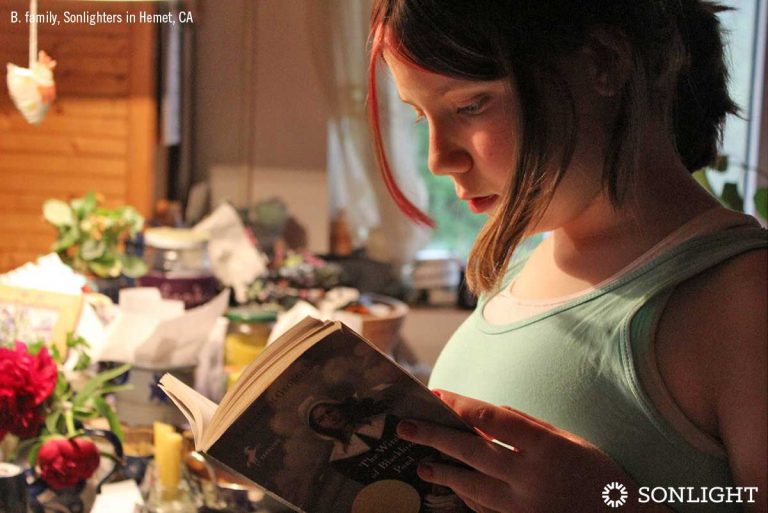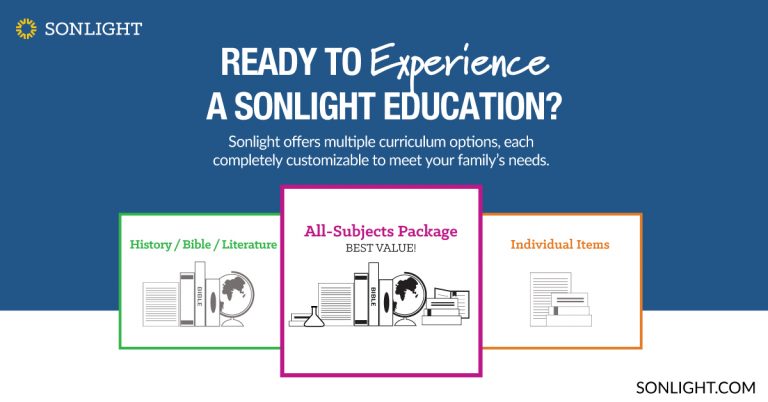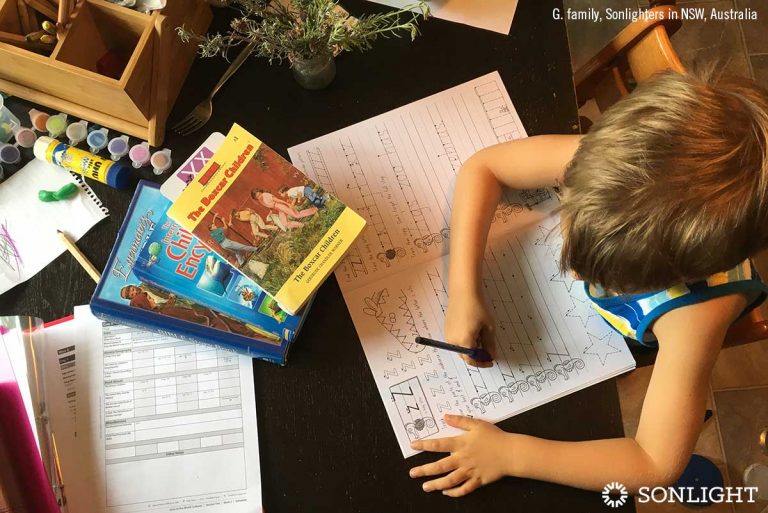
Whether you have a full-time job, a side gig, or volunteer in some capacity, that job takes a significant time commitment. Throw homeschooling into the mix, and your life may seem upside down very quickly. To create a lifestyle that isn’t engulfed in stress, I've found I have to be diligent to set boundaries and create order.
When determining how you will find balance in your daily schedule, there are five things I suggest you consider. These are the guideposts that help me juggle the plates of working and homeschooling.
1. Determine What Is Most Important To You
My primary roles right now are
- to help my husband, a senior pastor, minister to our church
- to maintain my blog writing ministry
- to homeschool my children
There are a lot of plates to keep spinning, so I have to be diligent to determine what is most important to me in these roles and say no to everything else. If you are someone who has a hard time saying no, practice saying it and stick to your guns about what matters most to you. Otherwise you will find yourself taking cover from the hurricane of events bombarding you.
Make sure you physically write down what is most important to you, things that are non-negotiable, and keep them where you can see them often. This will help motivate you to stick to them.

2. Make Each Job a Priority
Scheduling your time is important if you want to accomplish everything that is required of you. Pick a specific time for work and for homeschooling (and any other role you have), and schedule it with your family. Discuss with them what is expected of you in your various roles and what you are required to do. Having everything open on the table will help get everyone on the same page and help things run smoother. The biggest key here is that you show up to each job at your selected time and not allow other less important things to get in the way.
It helps to have a paper or digital planner where you can keep track of work things and homeschool things. Spend time each night writing out important tasks for the next day, as well as reviewing your appointments on the calendar. Or this task can also be done first thing in the morning. Keeping records is a vital key to balancing work and homeschool.
3. Set Boundaries in Your Homeschool Schedule
Sometimes my children and I get distracted during school time and lose track of time. When we all get behind, sometimes we neglect our other work. My children sometimes get stuck on a certain subject and take more time than normal, or they start daydreaming.
I have learned the hard way that I have to give clear expectations and set boundaries to make sure we stay on task. If one of my children gets stuck on a subject and I have re-explained something multiple times, we just put it aside and come back to it later, sometimes even waiting until the next day. This habit helps us stay on task and helps clear our minds so we can revisit the subject with clarity.
My Instructor's Guide serves as a foundation to maintain boundaries in our homeschool. While it's a flexible plan, it gives me ready-made goals for each week and day of the homeschool year.
4. Give Yourself Lots of Grace
I have a tendency to be really hard on myself and not give myself much grace when I get sidetracked and don’t complete my to-do list of jobs. God has shown me that there is so much more to life than a to-do list.
If our job is required to pay the bills, then we have to accomplish all the tasks, but allowing our self some wiggle room will decrease the stress in our life. Set goals, make lists, get your work done, but remember: we can only push so far before we give out. So grant yourself time, rest, and much grace.
5. Pray to God for Strength
God will grant you the strength to accomplish all required work and wisdom to be the homeschool mom your children need.
At the beginning of each day, we all have the same 24 hours to spend. We must look at each second of the day that is entrusted to us as a stewardship to honor God with. If we are wise, we will start each day asking God how to best invest the time He has given us. He gives us time to use for His purpose and His glory, so why not ask Him how to fit the important things into that time?
With Sonlight's Instructor's Guides, you won't have to worry about scheduling, comprehension questions, activity sheets. None of it. Because we've already done it for you.


